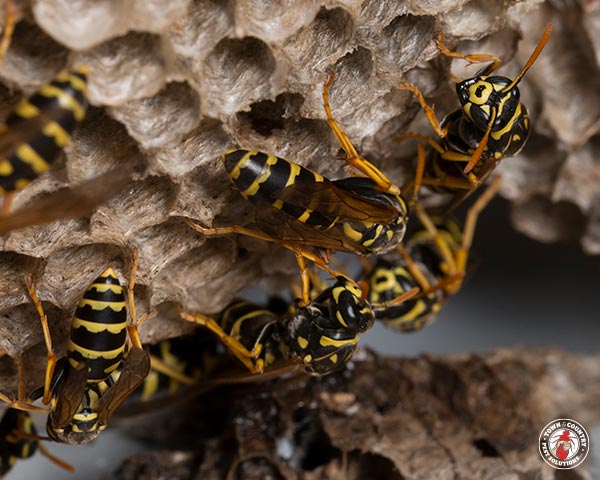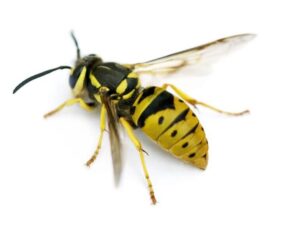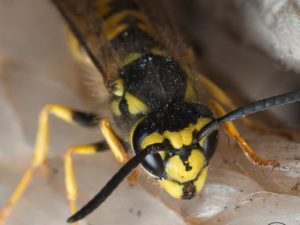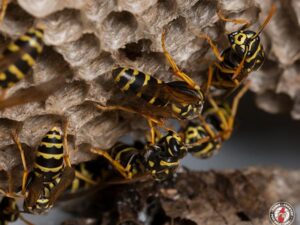
Wasps have gained a hateful reputation due to their aggression and stings. However, of course, they do sting but not unless they are threatened or provoked. Therefore, understanding their behavior becomes extremely important.
Here are ten myths that may help you from being stung!
- Wasps only prefer sugary products
Many think that wasps are only attracted to sugary products. However, this myth is partially correct as their choice of food depends on the season. In late summers, wasps prefer sugary items and otherwise prefer small insects as they are protein-driven.
- The easiest way to get rid of a wasp’s nest is at night
Wasps are relatively inactive in the evening but let’s not forget wasps are territorial insects and regardless of the time, if any threat is sensed to their nest or themselves, they won’t hesitate to attack you.
- Wasp stings will remain in you
Unlike bees, a wasp’s sting will not remain inside you. This is because wasps tend to sting multiple times. In doing so, after it stings for the first time, it will try to pull out its stinger and attack you again. But, if you choose to slap or squish the wasp, the stinger will stay in your skin.
- A Wasps stings hurt
A wasp’s sting doesn’t hurt you, but your body does. The venom injected by a wasp isn’t the reason that’s causing you pain but your body’s defense mechanism responding to the sting. The body responds by causing swelling, redness, and pain.
- Using copper penny reduces the effects
This practice is not scientifically validated. However, practice these to get some relief.
- Wash the infected area with soap and water.
- Apply cold water and ice as this reduces the swelling.
- If the itching persists, apply calamine after cleaning the site.
- If the situation worsens, visit a healthcare facility immediately.
- Using Baking Soda is effective
Another ineffective myth is that states applying baking soda will cure the symptoms. The claim takes a scientific path as it states that since Baking Soda is alkaline, its properties can neutralize the acidic venom injected by the wasp. Here lies the twist, the venom injected by wasps isn’t acidic but basic. So following this has zero effect.
- Burning is a quick way to chase them
Wasp nests are paper-thin and, of course, flammable, but these nests are often attached to houses or trees. By igniting it not only are you handling the situation unprofessionally but risking the safety of your house and neighborhood. Secondly, practicing this may not be entirely effective. In case, any wasps escape the fire, they’re soon to attack you.
- Spraying water helps
Drowning a wasp will likely make them vacate their nests but they might end up coming after you. So, following this is inviting trouble.
- Getting rid of the flowers will keep wasps away
Getting rid of flowers may seem like a good idea because they do extract food from flowers. Unfortunately, this won’t prevent them from invading your house. Wasps tend to create nests in safe locations, and around flower pots isn’t one of them.
- Artificial wasps nests avoid wasps
Since they are territorial insects they typically don’t build their nest if another wasp nest is present. However, for this plan to bear fruit you may have to install a dozen nests.
Hope these myths save you! Contact us if you need help with Rochester Wasp Control, Syracuse Wasp Control, or Buffalo Wasp Control












